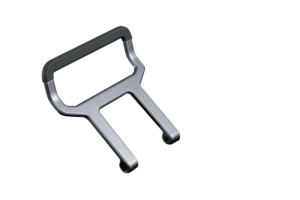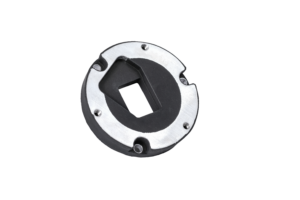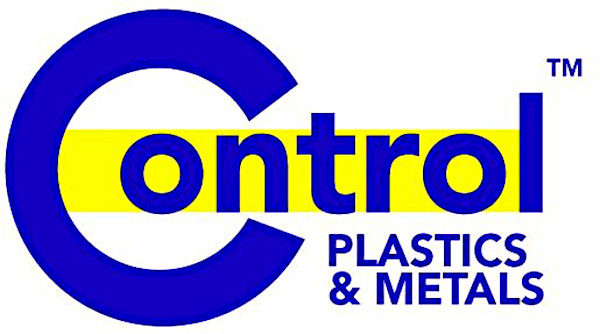Custom Compression Molding of Silicone and Rubber
Compression Molding has very reasonable tooling costs- BUT also higher part costs than LSR (LIM of Silicone). Compared to injection molding, Compression Molding has longer cycle times, and more finishing steps. The process is more labor-intensive.
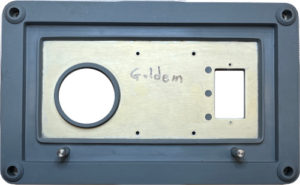
PROCESS : The Rubber or Silicone GUM is placed in a heated mold. The high compression of the GUM forces the material to fill the mold. The mold is heated to cause the Rubber / Silicone to cross-link (and cure). It is not unusual to also post cure the molded part.
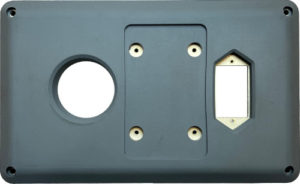

Cycle times are usually in the 2 to 7-minute range (compared to LIM-which can be under a minute). Cavitation ranging from 1 to 16 cavities is common.
Most Compression Molded Parts require secondary de-flashing; including cryogenic de-flashing.
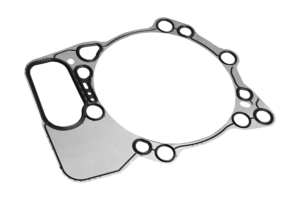
Most Compression Molded Parts require secondary de-flashing; including cryogenic de-flashing.

MATERIALS
Silicones from 20 Shore A, to 90 Shore A hardness. (Medical Grades, FDA grades, General Purpose, and Fire Retarded Grades); also Fluorosilicones (FKM, Viton).
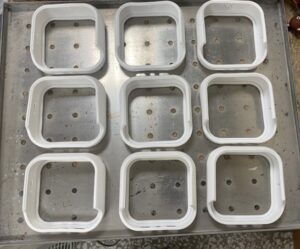
Silicones from 20 Shore A, to 90 Shore A hardness. (Medical Grades, FDA grades, General Purpose, and Fire Retarded Grades); also Fluorosilicones (FKM, Viton).
Rubbers Include:
- HNBR : Hydrogenated Nitrile Rubber
- NBR : Nitrile Rubber
- SBR : Styrene Butadiene Rubber
- NR : Natural Rubber
- CR : Chloroprene
- EPDM : Ethylene Propylene Diene Monomer Rubber
We can supply just components or include them in assemblies with combinations of the metal and plastic parts we manufacture. Please review our website for more manufacturing resources.
We are ISO 9001 and ISO 13485 Certified, and FDA Registered.
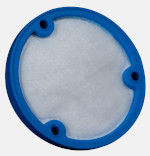
Post Curing Oven for FDA and Medical Parts
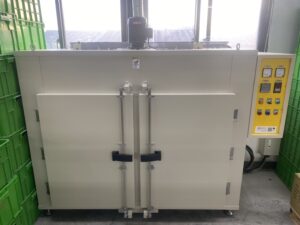
Post Curing Oven for FDA and Medical Parts (Inside View)
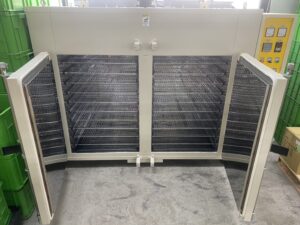
Overmolded Metals
